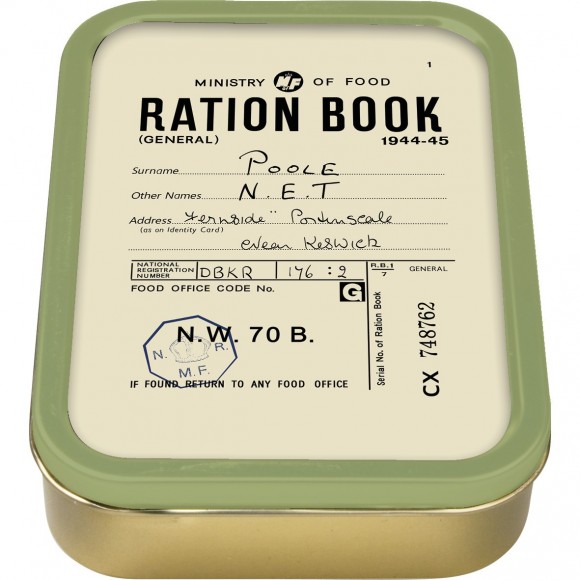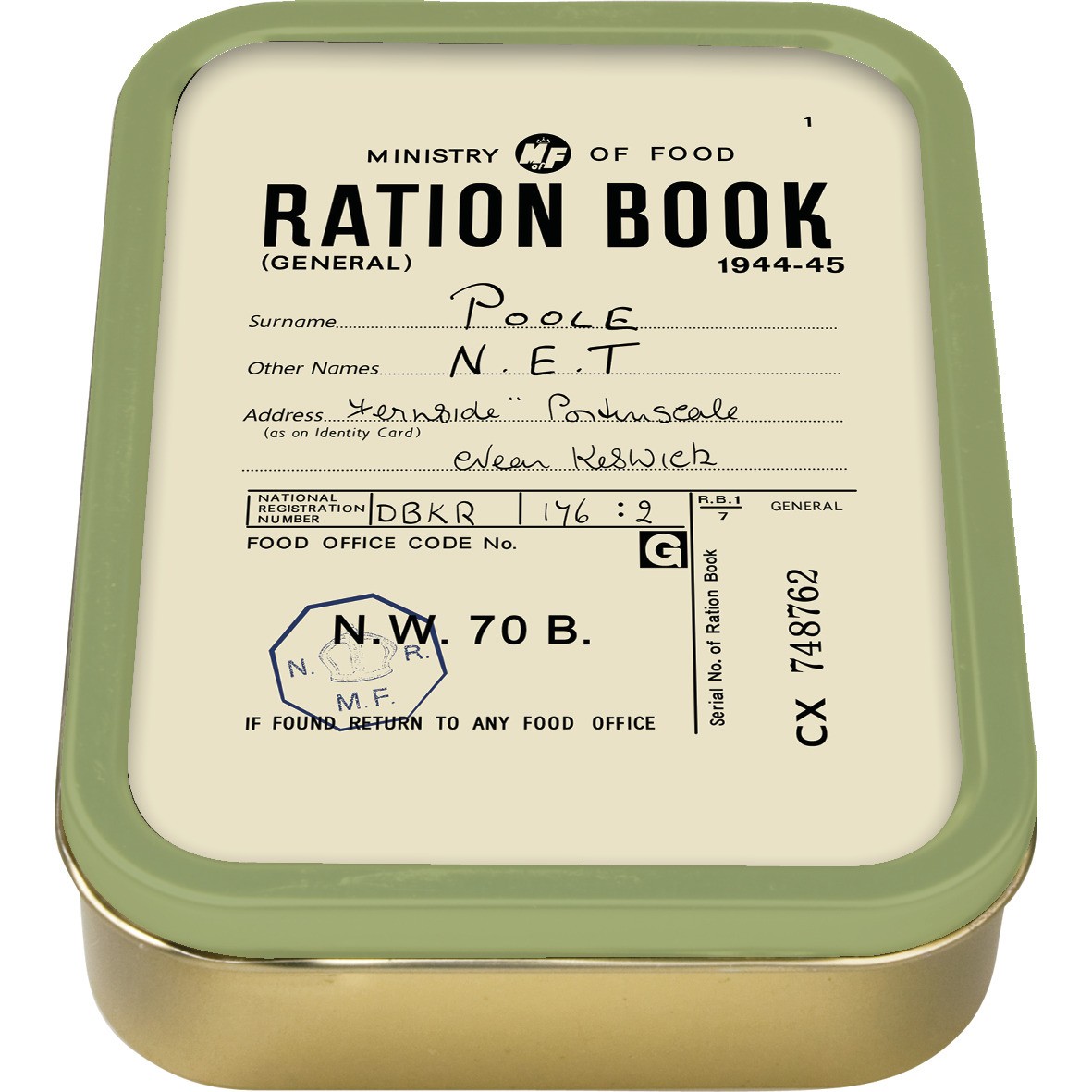Hi Krisitan,
I am currently putting something together about questioning in the classroom for all staff…. the other day in the library, I saw you use a technique where they were only allowed to ask 2 questions all lesson. Would you be able to sum it up in a few words about how to use it and why it is good for me to use and put your name to it?
Thanks Mrs V Brunink
 Questions and questioning can all too easily be dominated by certain students; the well meaning and enthusiastic student, the highly intelligent student, the answer before I think student and occasionally though rarer breed, the purposefully trying to interrupt the flow of the lesson student. Consider what happens when you ration questions…
Questions and questioning can all too easily be dominated by certain students; the well meaning and enthusiastic student, the highly intelligent student, the answer before I think student and occasionally though rarer breed, the purposefully trying to interrupt the flow of the lesson student. Consider what happens when you ration questions…
This simple technique offers certain students (or indeed all students) a question ration or quota. I often limit students to three questions although this is completely arbitrary and should reflect variable components of all lessons.
In the first instance, before accepting an answer, I will double check if the student does indeed wish to use one of their rationed questions before proceeding. After answering their question, I then inform them of the cost and remaining quota. The impact of the question quotas my experience is that;
- students often decline to ask questions.
- students store questions in case of a ‘must need’ scenario later on in the lesson and therefore rarely ask all three questions.
- more students are asked and answer questions.
- Where all lives are used and the student still wishes to contribute, resort to the ‘broken record’ technique. Thank you <student name>, save it to the next lesson.
- Where the student insist it is ‘so important,’ offer the opportunity to share it after the lesson ends. Often the question is not ‘so important,’ after all.
Additional strategies
- Students who blurt out answers are automatically deducted questions.
- Students are given three questions / sweets and get to keep their unanswered questions / sweets.
The skill is in knowing your students and how they will respond and the setting an appropriate question quota. I find it is most effectively when used with one or two students simultaneously, discretely yet openly. Incidently, it is a technique that can be reversed with students ‘having to construct’ and ask a set quota of questions.
[qr_code_display]



Some great strategies here. I like the idea of pupils rationing questions and therefore developing the quality of what they ask. These ideas would link in well with SOLO strategies, don’t you think. Equally some flipping activities might help them bring higher level questions to the lesson.
I am not a proponent of SOLO. You would need to guide me on that one.
Flipping in the sense?
Pleased the ratios presented some ‘additives’ to your practice. I’m hoping you may be able to return the favour.